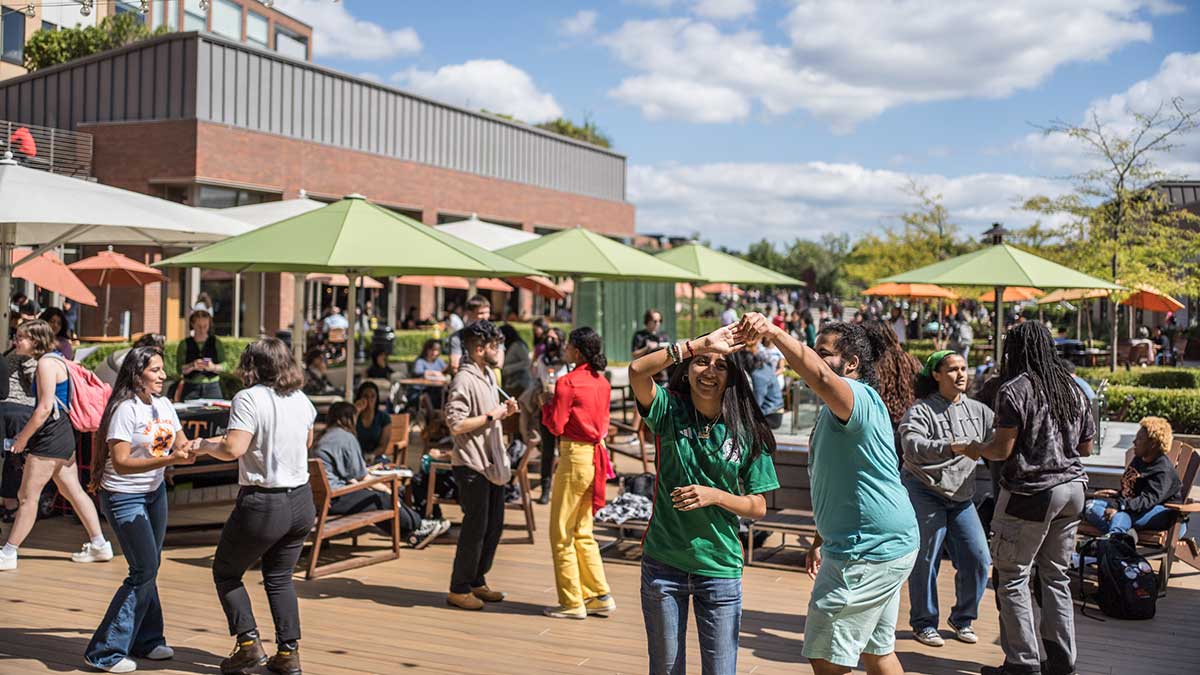Access, Engagement, and Success at RIT
Our Mission
The Division of Access, Engagement, and Success empowers and enriches the RIT Community through a range of comprehensive events, programs, and services that widen the windows of access and broaden the pathways to success. Through meaningful engagement, the division identifies gaps and creates opportunities for all to develop, flourish, and succeed.
Community at RIT



RIT is the third largest producer of undergraduate STEM graduates among private universities in the U.S. Included in our student body of nearly 21,000 students are more than 1,200 deaf and hard-of-hearing students enrolled in RIT’s National Technical Institute for the Deaf (NTID). Over 5,000 students of color—2,700 of whom identify as African American, Latinx and/or Native American (AALANA)—have chosen to study at RIT. Almost 1,900 international students from 103 countries complement the campus climate with an entirely different dimension of global and cultural diversity. Further enriching the RIT landscape are myriad students consisting of a broad range of backgrounds and experiences.
Because we live in a dynamic and rapidly evolving era, Samovar et al (2025) explain, “This global dynamism is characterized by dramatic alterations in technology, increased world travel, many new economic and political institutions, shifts in immigration patterns, growing demographic diversity, and greater population density. These changes have created a world that requires regular interaction with people of different cultural backgrounds—be they next door, across town, or thousands of miles away” (Communication Between Cultures, 10th Ed., p. xi). These differences may create points of tension that spark alternative viewpoints and ideas and ignite the kindling forces behind creativity and innovation. To that end, the mission of the Division for Access, Engagement, and Success is to foster living, learning, and working environments that support and incorporate principles for all to develop, flourish, and succeed.
The variety of backgrounds and perspectives represented in the RIT community enriches the learning experience for all. As you interact on team-based projects, in residence halls, and in day-to-day activities, we believe you will be enriched and better prepared for the opportunities and challenges of global interdependence.



